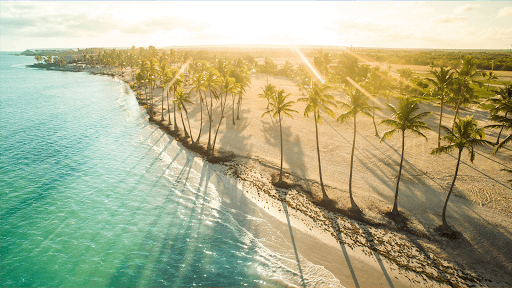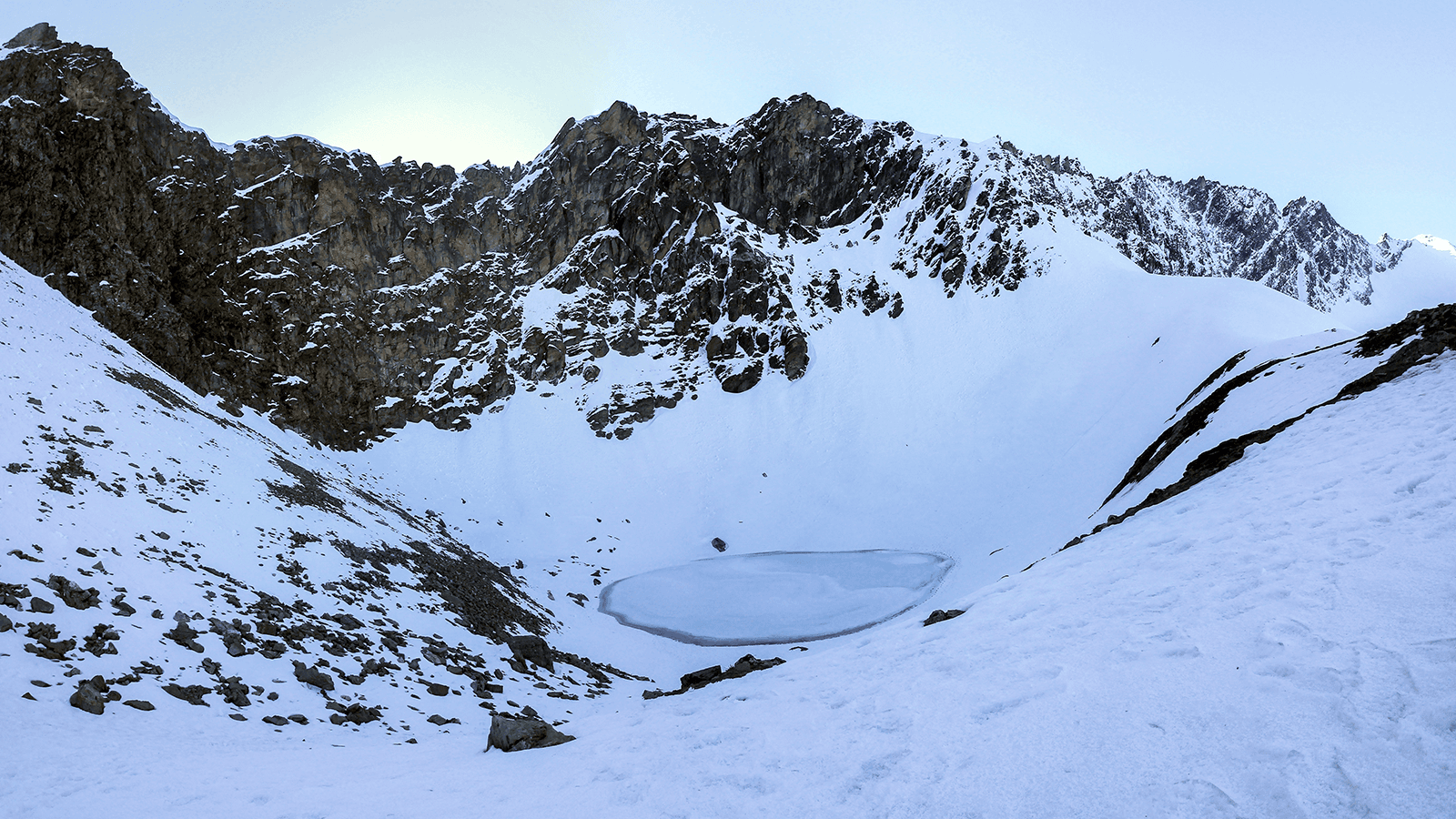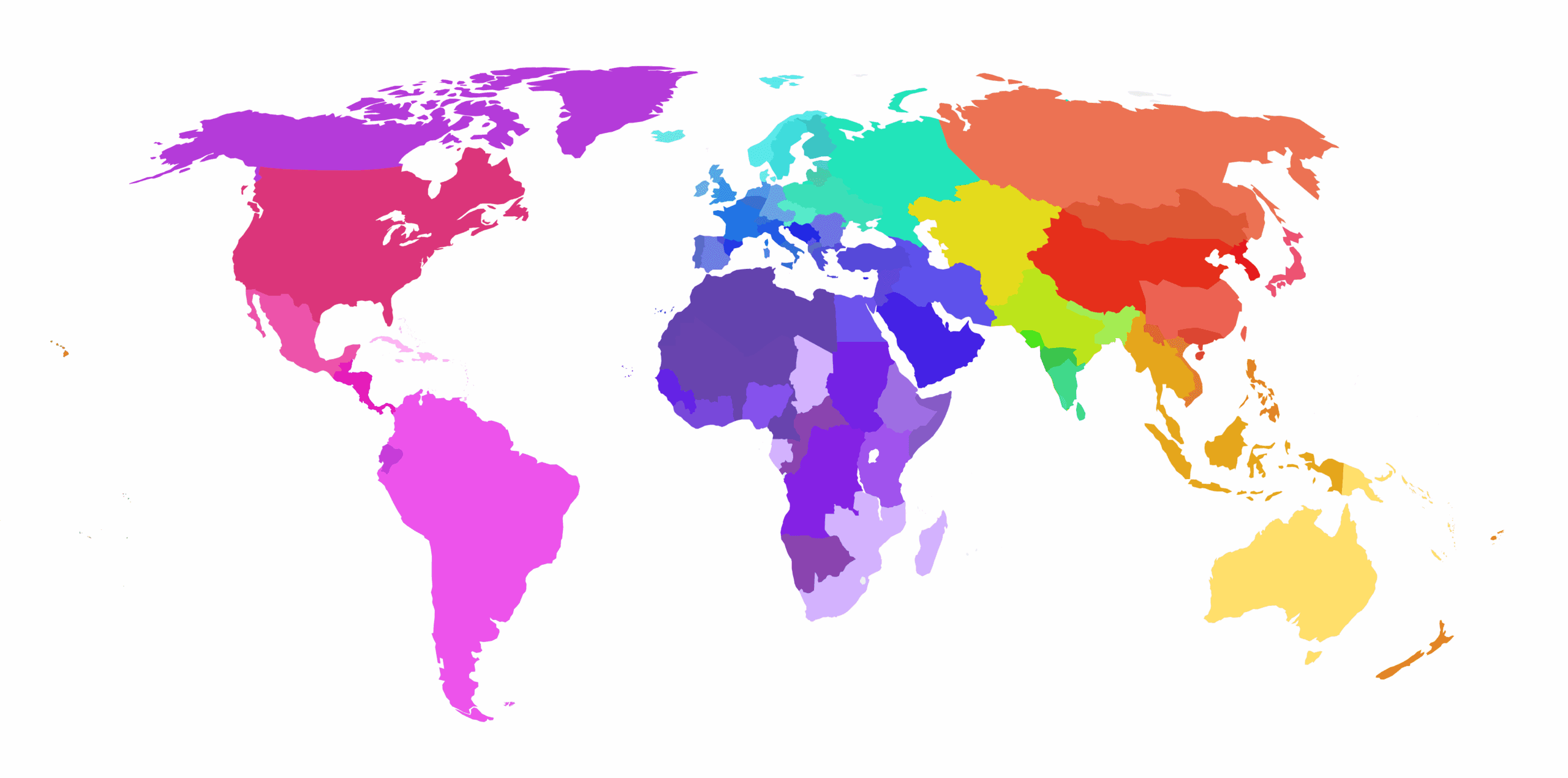June is Caribbean American Heritage Month. In celebration, 23andMe is adding 20 new historical individuals from the ancient Caribbean to Historical Matches,SM our new 23andMe+ Premium membership feature that may genetically connect you to one or more of hundreds of historical people across the globe.
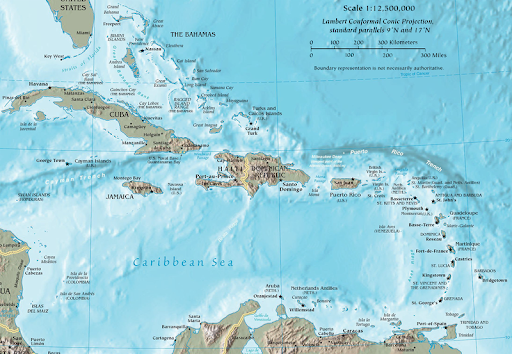
The first evidence of human occupation of the Caribbean dates to approximately 6,000 years ago, when stone-tool-using hunter-gatherers migrated into the region.
Around 3,500 years later, a second wave of migration into the region of people who practiced intensive agriculture and predominantly used ceramics began.
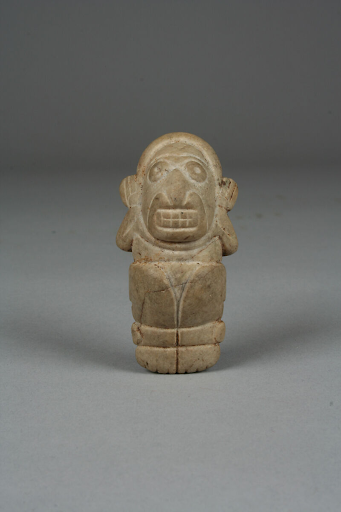
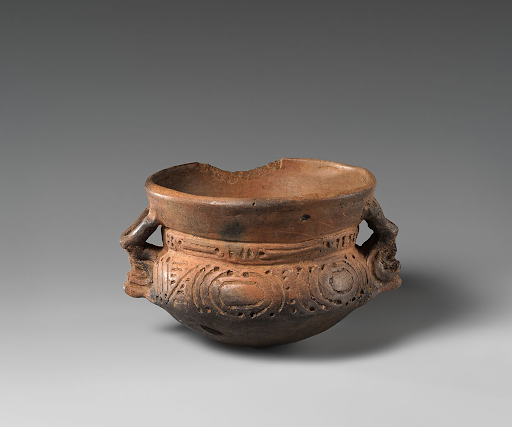
In 2020, an international team of researchers analyzed the genomes of 174 ancient individuals from the Caribbean who lived between 3,100 and 400 years ago, spanning both hunter-gatherer and agricultural eras. They found that the first inhabitants of the Caribbean were most closely related to populations who lived in Central and northern South America at that time, suggesting that the first wave of migration into the Caribbean may have come from these regions.
However, the later ceramic-using peoples had ancestry that was more similar to present-day people who live near the mouth of the Orinoco River in Venezuela and speak Arawak languages.
Although the arrival of people of European and African ancestry during and after the 15th century almost wiped out many indigenous people, many present-day Caribbean people can trace some of their genetic ancestry to those early Indigenous inhabitants.
Learn More about Historical Matches
You can find out if you share a genetic connection to any of the dozens of individuals who were included in this study and learn more about the first peoples of the Caribbean through 23andMe’s Historical Matches feature, which is available to all 23andMe+ Premium members.
